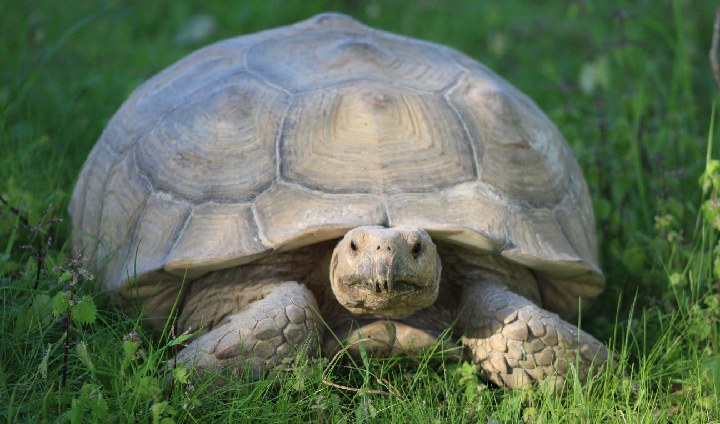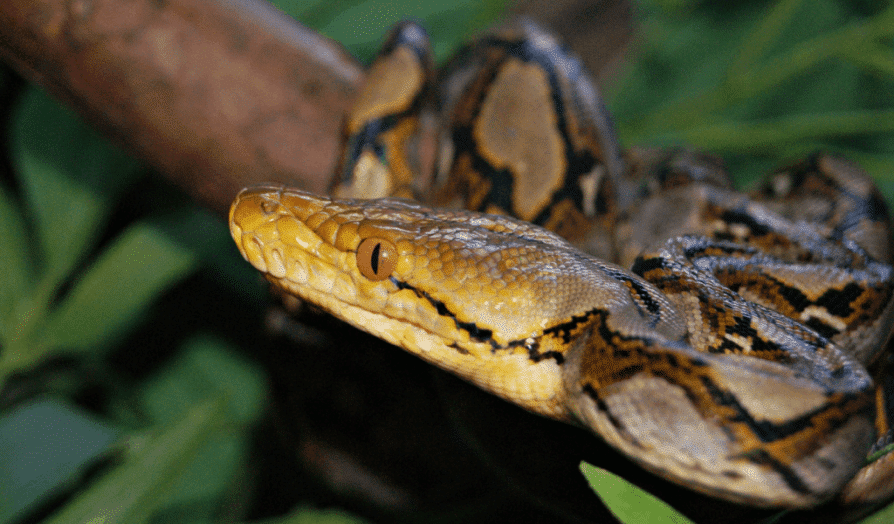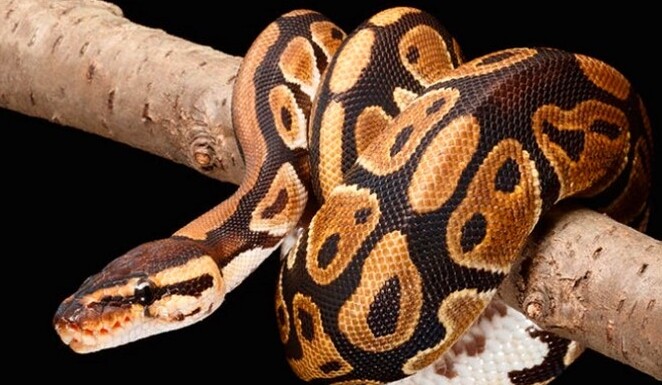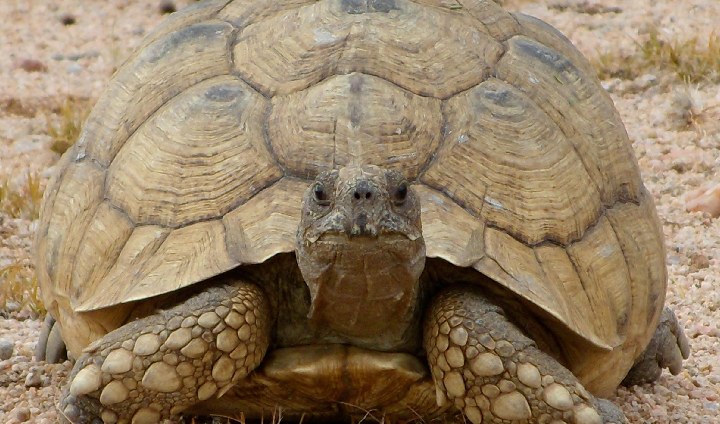Geographic Distribution: This species is native to Southeast Asia, from western Bangladesh to southeast Vietnam and on islands west of New Guinea.
Habitat: they inhabit predominantly in tropical forests, swamps and pasture forests, at altitudes of 1200-2500 m. They live in areas close to water (rivers, streams and lakes), to protect themselves, but also to succeed in predation.
Diet: They have a carnivorous diet, feeding on birds, mammals and sometimes some reptiles. Whilst for juveniles, their preys are smaller in size (small rodents and birds); over 4 m in length, they begin to feed on medium or large prey (such as primates). They kill the prey through constriction, that is, they squeeze it, in order to interrupt the blood flow, which ends up preventing the arrival of oxygen to the vital organs, which leads to a rapid death. They can detect the radiant heat of other beings and in this way, they can detect the location of prey, but also predators, without even being seen. They feed at intervals of 7-10 days, but can go up to about 4 months without eating.
Reproduction: They are oviparous. In the wild, the breeding season begins between February and March. They depend on temperature increase and warmer climates in order to reproduce, but also on the availability of prey. If food is abundant, they can reproduce every year, otherwise they have smaller and less frequent postures (every 2 or 3 years). The female lays between 25 and 50 eggs (but there are records of up to 107 eggs), which have an incubation period of about 85 days. To protect the eggs and provide heat for incubation (between 24-34ºC), the parents remain in the nest, wrapped over the eggs. As soon as they are born, weighing about 0.15g, juveniles are completely independent. They reach sexual maturity when males reach about 2.5m and 3m females, which is equivalent to ages between 3-5 years for both sexes.
Behaviour: They are an arboreal and territorial species, which can be found in watercourses or near them, allowing them to have better movement due to both their size and weight. Like other reptile species, their skin changes, to repair injuries or during growth stages.
Conservation Status: Not Evaluated; Appendix II of CITES.
Curiosities: This species has already won a length record in the “Guinness Book of World Records”, with an 11 m long specimen. Not only are they extremely important to maintain the balance of ecosystems, they also favor agriculture, as they help reduce and control rodent populations (which can become pests), preventing their interaction with plantations and even the spread of diseases. According to some sources, although not common, the parthenogenesis (reproduction without male) has already been documented in pythons, in captivity. In this situation, the female will fertilize an egg inside her, creating offspring of identical DNA. This adaptation is so that they can reproduce in extreme conditions in which males are not present, ensuring the continuity of the species.
Threat factors: due to their large size, they are mainly hunted and captured for skin trade, but also for their meat and, increasingly, for trafficking and illegal trade of exotic species, which may bring problems for the survival of the species in the future. However, they do not have many natural predators, only crocodiles or lions, and they themselves can attack these predators (especially crocodiles).
Scientific name: Malayopython reticulatus
Class: Reptilia
Order: Squamata
Family: Pythonidae
Dimensions: 5 m (average) – 11 m (maximum)
Weight: 170 kg (average) – 270 (maximum)
Lifespan in the wild: 20 years (average) – 23 years (maximum)
Lifespan in captivity: 23 (average) – 32 (maximum)










